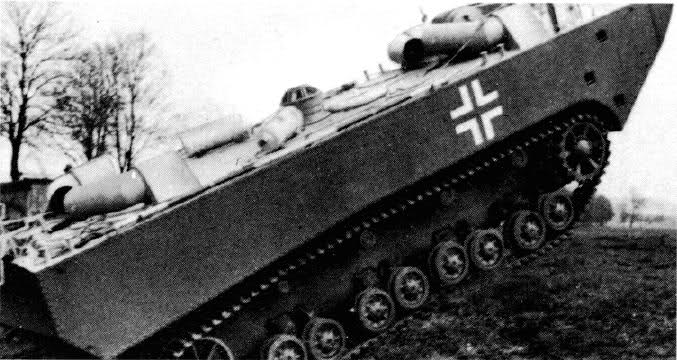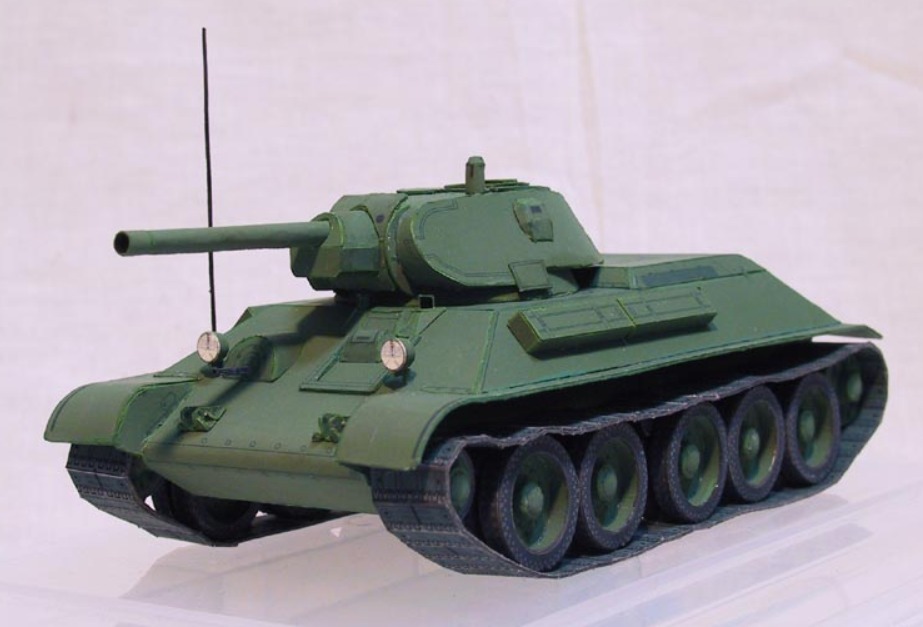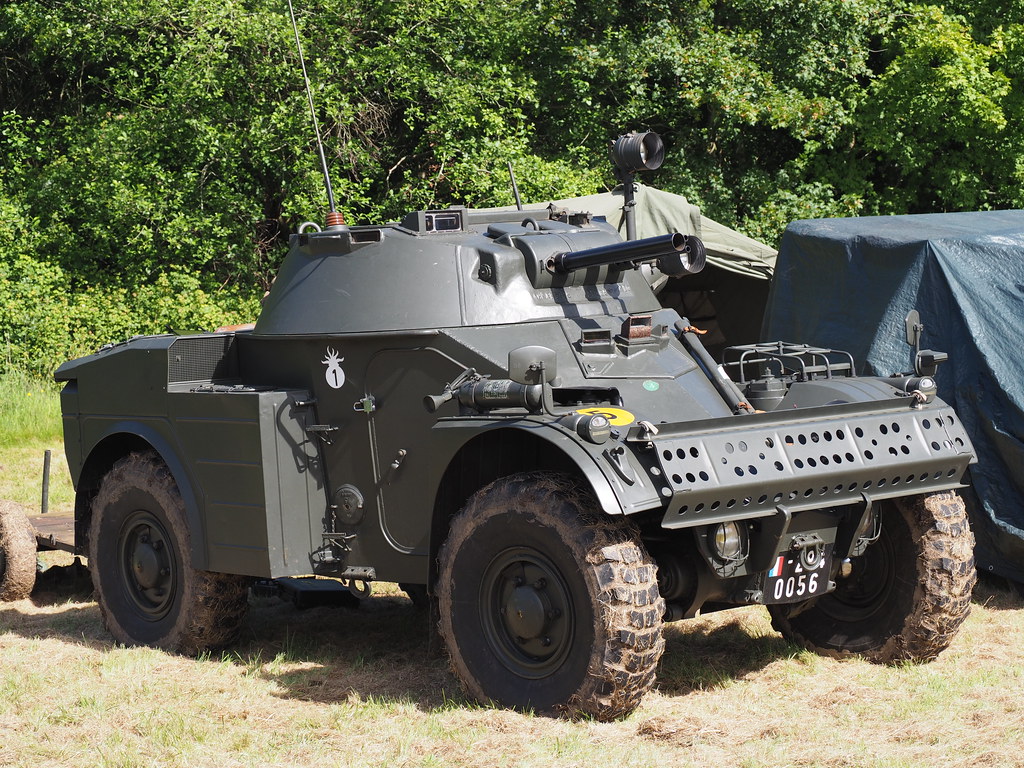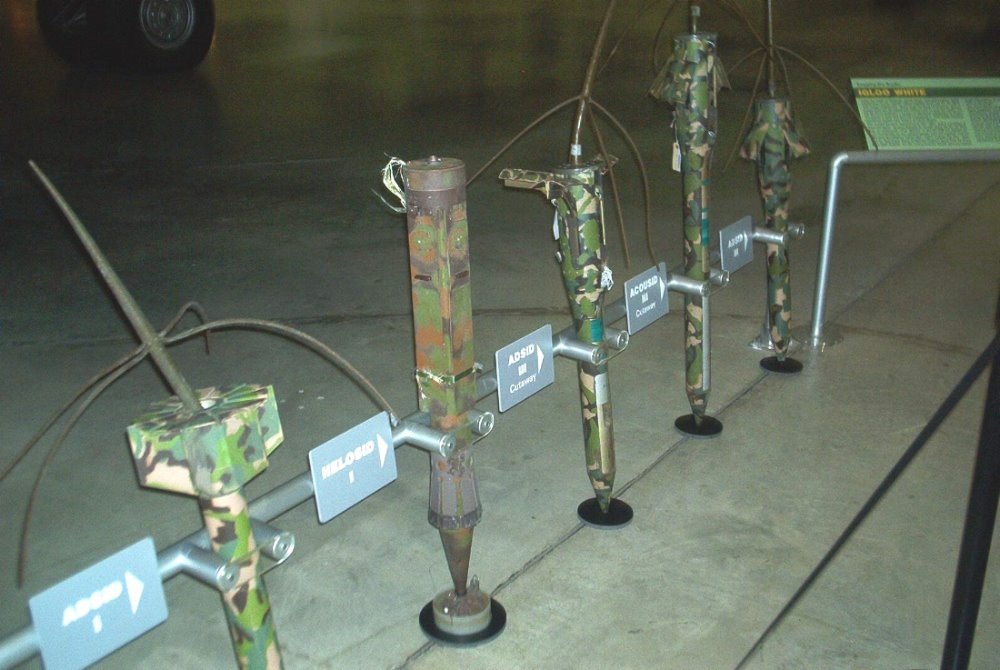Introduction.
I think this should be an attack on the Azov Sea from Zaporiya (+-) area.
Cutting the Crimean supply line with Russia. And, towards Melitopol (+-).
The spears points of the attack can be somewhat bifurcated. So that the enemy does not know exactly what our immediate objective is. And it can concentrate from the Crimea too many forces to repel them.
The Russian supply line leaves the Crimea, crosses the coast of the Azov Sea and enters Russia towards Rostov on the Don. Any point is good to cut it, as long as the supply is suppressed.
The closer to Crimea it is cut off, the more “influence”, a material and moral effect, its presence will have on the Crimean Russians. The closer it is to the Russian border, the easier it will be for the Russians to deploy forces to push them back. And further away would be the Ukrainians from their supply bases and the reinforcement of men and units.
To attack where the front is now, in an easterly direction, towards the Russian border, is to reiterate the military effort on a Russian front prepared for defense. The Ukrainians would attack where they are most prepared and where their enemies are waiting for them. It would be a very mediocre and expensive strategy; force against force. And, the Russians have much more physical human and military resources than the Ukrainians.
The plan to attack towards the south of Ukraine imposes the law of action on them, it is daring, creative, novel and possible. And it would leave the Russians out of place in plans and positioning of their means for defense. That they would be on the great strip of the Azov Sea coast, Donetz and Lugansk oblasts and the Russian border.
It would be a strategy of strength against Russian weakness.
Structural development.
Pointing out different towns as “essential milestones” in the layout of the fronts, with a view to their operational exploitation, offers a string of names that are almost impossible to understand. Which are very difficult to locate on the maps available to us. A Bajmut, a Buça are locations that can be very painful and shocking. But, they shipwreck and get lost on our usual maps.
The fact is that Bakhmut is the Ukrainian name for the town called Artemivosk, in Russian. And, in Russian it appears on almost all maps. And, of course, most reporters and envoys to the theater of operations do not have time to correct these «bulk errors.»
All this “outer shell”, at the east of the Donbass, the Russian defensive structure prepared for the defense without giving up space, supposes the crystallization of a defensive strategic intention of the Russians. Which makes explicit his debilitating, fearful desire to preserve his western border with Ukraine from any enemy proximity. Which would facilitate a limited-target attack by Ukraine inside Russia.
It is evident that on terrain prepared for rigid defense, the Ukrainian mechanized forward spears should not attack.
Already in the middle of 1943, in the so-called Kursk salient, Model‘s forces, attacking from the north, and von Manstein‘s, from the south, did not come together, nor did they even minimally cut the salient. Which was defended entirely by «fortified regions» arranged in deep in the salient.
Fighting in the defense trenches is a form of fighting abandoned some 105 years ago. When the artillery became the queen of the battle and the protective trenches of the soldiers lost their ability to hide and cover them from fire. The artillery fires could be precise enough to hit the trenches quickly. It was necessary to deprive the enemy of views and increase the direct defense of advanced weapons and men.
This was achieved by deploying the defense in combat outposts, fortified or not, and advanced detachments in mobile fighting well in front of the position And by dispersing and fortifying the following positions or redoubts in depth. And bringing the tactical reserves closer to the start of the artillery zone. And having pieces of it at the beginning of it, especially as counter-battery and harassment/neutralization of the enemy advance.
Theater of operations and possible attacks and movements.
La gran cuenca del Donbass, de terreno favorable al empleo de medios mecanizados atacando, es el área geográfica en la que en esta guerra han tenido lugar los principales combates. Existe una llanura costera señalada por las ciudades de Mariupol, a poco más de 50 km. desde la frontera rusa, Berdjansk y Melitopol, que conforman la línea de abastecimientos principal de Crimea desde Rusia, muy importante para los rusos.
The great basin of the Donbass, with favorable ground to the use of attacking mechanized means, is the geographical area in which the main combats have taken place in this war. There is a coastal plain marked by the cities of Mariupol, just over 50 km away. from the Russian border, Berdjansk and Melitopol, which make up the main supply line of Crimea from Russia, very important for the Russians.
The convex interior of the Donbass to the east supports the current Russian-Ukrainian war front.
On the outside are the Russians and from there they prepare and launch limited-target attacks against less-prepared Ukrainian positions. In a purely tactical exchange of efforts, without looking for an operational goal. What would it be like to reverse the enemy front in a sector, overwhelm it or break it for minimal exploitation. And, the Russian defense relies on well-prepared fortifications, which seem to exclude from the outset any moderately successful plan of attack or counterattack. That overcomes the usual tactical struggle with negligible gains in space. That, sometimes they are recovered by a Ukrainian tactical counterattack carried on by a nearby Ukrainian small unit.
The Ukrainian mowing stroke.
The best Ukrainian counterattack would start from the north of Zaporiya and would be directed at the coast of the Azov Sea, in the sector between Berdjansk and Melitopol. It is convenient to direct the effort towards a couple of different objectives. That will force the Russians to further disperse their rejection. And that they are just as important for the Ukrainians, because what it is about is to operationally cut off the Russian supply line. And establish in it, not necessarily on top, a strong Ukrainian defense position.











 YOUNG GEORGE PATTON…
YOUNG GEORGE PATTON…
























 A RESOLUTE ENEMY IS STILL WAITING YOU OVER THERE…
A RESOLUTE ENEMY IS STILL WAITING YOU OVER THERE…


 The Statue of Sun Tzu in Enchoen, Yurihama, Japan.
The Statue of Sun Tzu in Enchoen, Yurihama, Japan. Country wagons moving forward in a huge Russian plain…
Country wagons moving forward in a huge Russian plain…

 A Panther from the 11th panzer division circa summer 1943
A Panther from the 11th panzer division circa summer 1943 Colonel General Walther Model.
Colonel General Walther Model. The Rzhev’s projection was formed after the Soviet counter-offensive in defense of Moscow.
The Rzhev’s projection was formed after the Soviet counter-offensive in defense of Moscow. FIGHTING ON THE BRIDGE.
FIGHTING ON THE BRIDGE. MONGOL’S LIGHT AND HEAVY CAVALRIES.
MONGOL’S LIGHT AND HEAVY CAVALRIES.

 BATTLE OF LIEGNITZ
BATTLE OF LIEGNITZ NEW ZEALAND’S LONG RANGE RECON PATROL.
NEW ZEALAND’S LONG RANGE RECON PATROL. A PATROL…
A PATROL… COVERING A SECTOR…
COVERING A SECTOR… MINES BARRIER.
MINES BARRIER. SDKFZ 263.
SDKFZ 263. PANHARD AML 245.
PANHARD AML 245. ENGESA EE-9 CASCAVEL.
ENGESA EE-9 CASCAVEL. DRONE
DRONE  ADSID SENSORS .
ADSID SENSORS . A BOEING OF THE JSTARS SYSTEM.
A BOEING OF THE JSTARS SYSTEM.